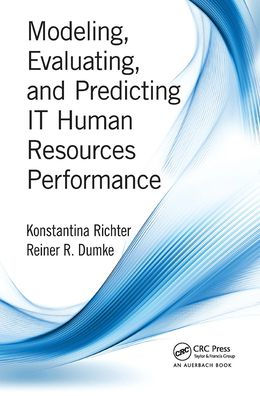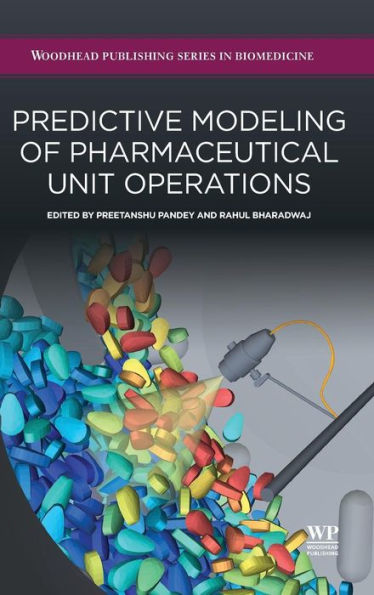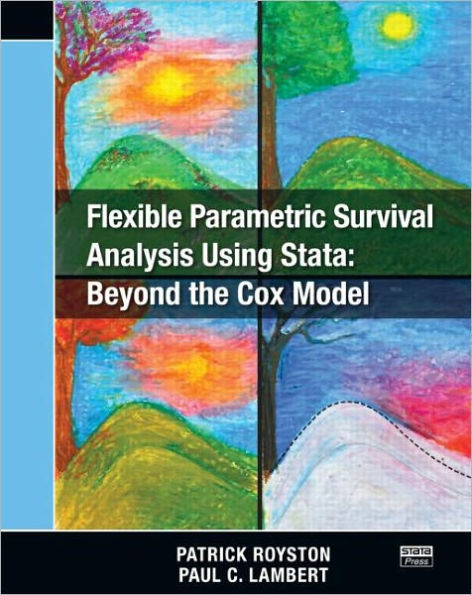Home
Predicting Recidivism Using Survival Models
Barnes and Noble
Loading Inventory...
Predicting Recidivism Using Survival Models
Current price: $109.99

Barnes and Noble
Predicting Recidivism Using Survival Models
Current price: $109.99
Loading Inventory...
Size: OS
*Product information may vary - to confirm product availability, pricing, shipping and return information please contact Barnes and Noble
Our interest in the statistical modeling of data on the timing of recidivism began in the mid 1970s when we were both junior members of the eco nomics department at the University of North Carolina. At that time, methods of analyzing qualitative and limited variables were being developed rapidly in the econometric literature, and we became interested in finding a suitable application for these new methods. Data on the timing of recidivism offered unique and interesting statistical challenges, such as skewness of the distribution and the presence of censoring. Being young and foolish, we decided it would be fun to try something "really" difficult. And, being young and ignorant, we were blissfully unaware of the con current developments in the statistical modeling of survival times that were then appearing in the biostatistics, operations research, and criminological literatures. In the course of some earlier research, we had learned that the North Carolina Department of Correction had an unusually well-developed data base on their inmates. We approached the Department and asked if they would be interested in working with us to develop models that would predict when their former charges would return to their custody. They agreed because they were interested in using such models to evaluate rehabilitative programs and alternative prison management systems and to help project future prison populations.
Our interest in the statistical modeling of data on the timing of recidivism began in the mid 1970s when we were both junior members of the eco nomics department at the University of North Carolina. At that time, methods of analyzing qualitative and limited variables were being developed rapidly in the econometric literature, and we became interested in finding a suitable application for these new methods. Data on the timing of recidivism offered unique and interesting statistical challenges, such as skewness of the distribution and the presence of censoring. Being young and foolish, we decided it would be fun to try something "really" difficult. And, being young and ignorant, we were blissfully unaware of the con current developments in the statistical modeling of survival times that were then appearing in the biostatistics, operations research, and criminological literatures. In the course of some earlier research, we had learned that the North Carolina Department of Correction had an unusually well-developed data base on their inmates. We approached the Department and asked if they would be interested in working with us to develop models that would predict when their former charges would return to their custody. They agreed because they were interested in using such models to evaluate rehabilitative programs and alternative prison management systems and to help project future prison populations.

















